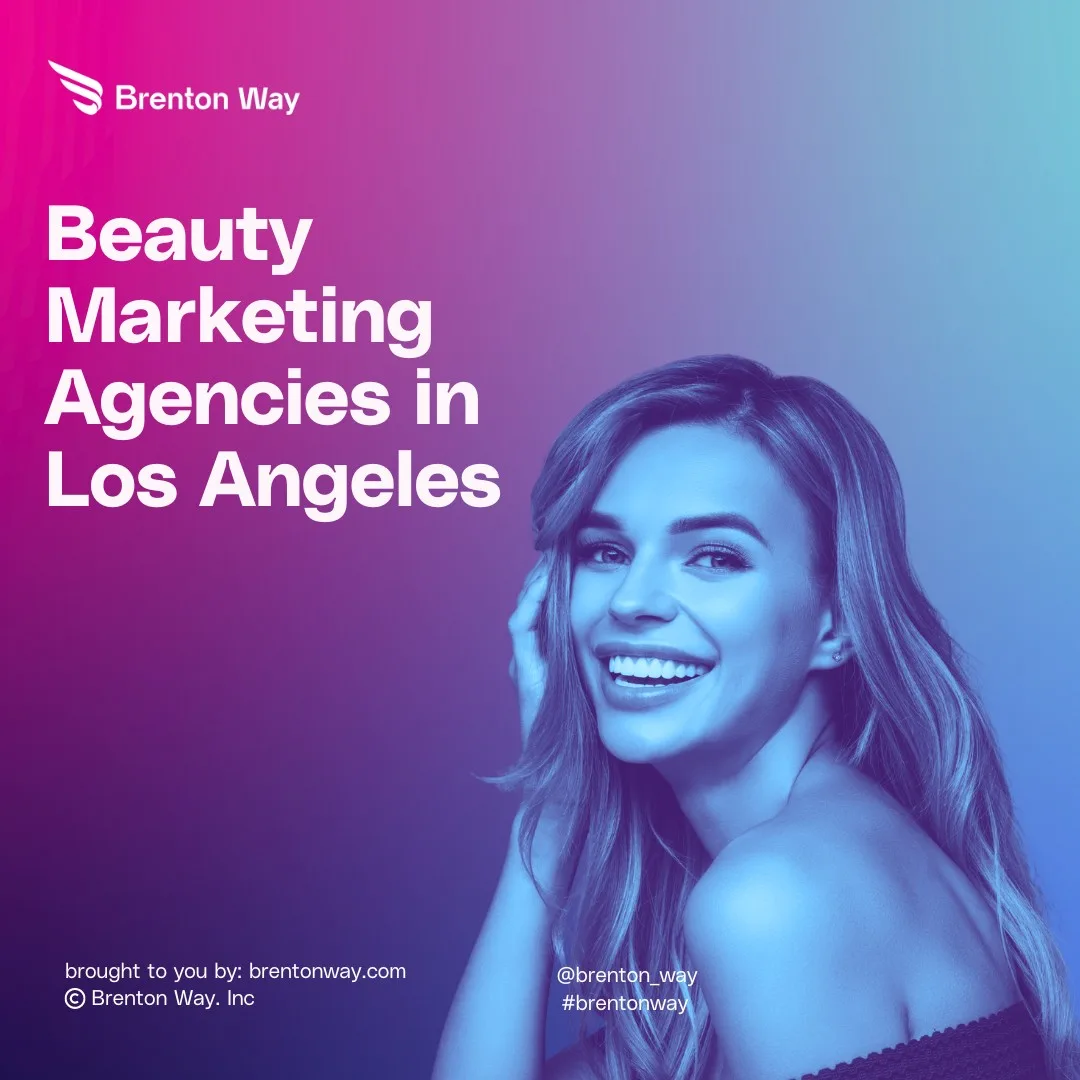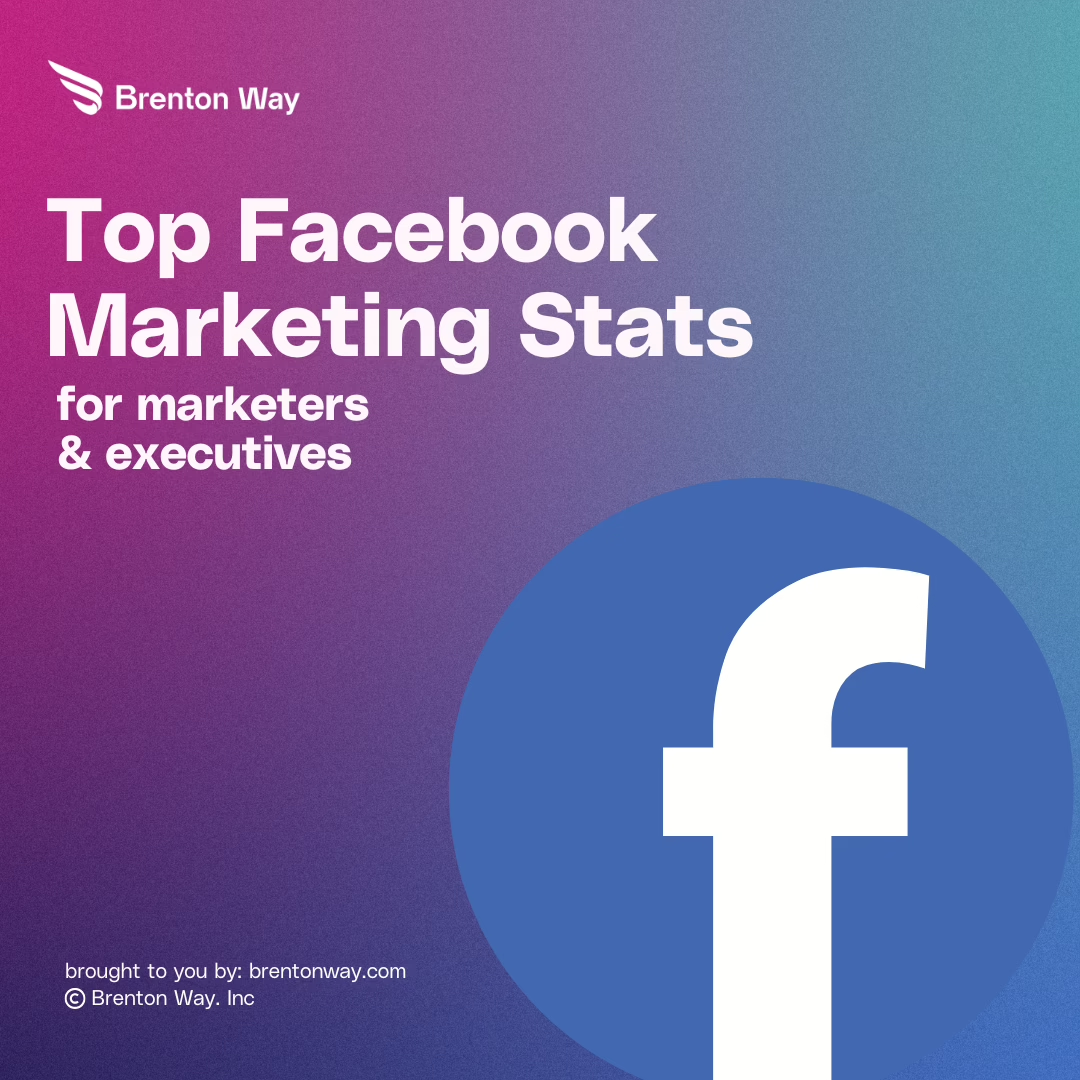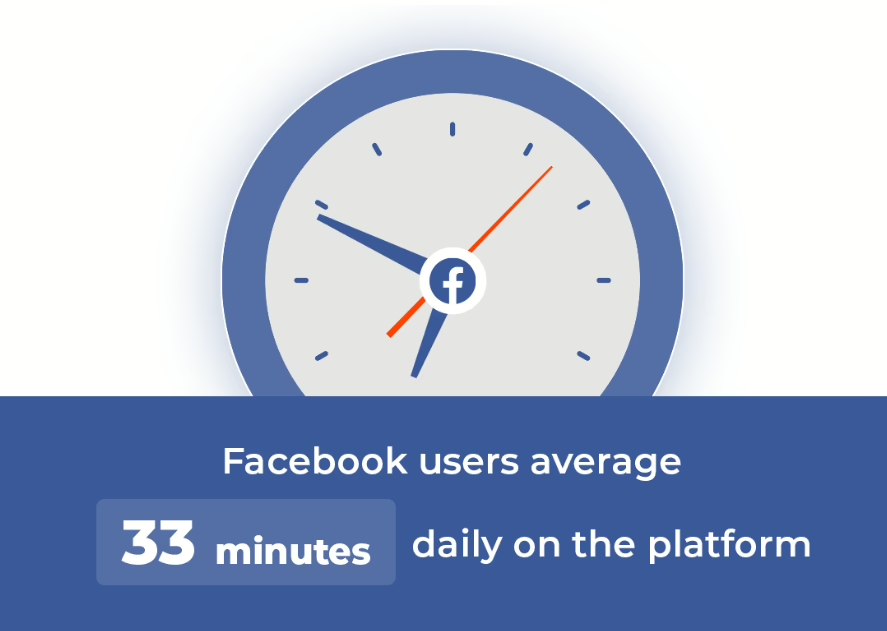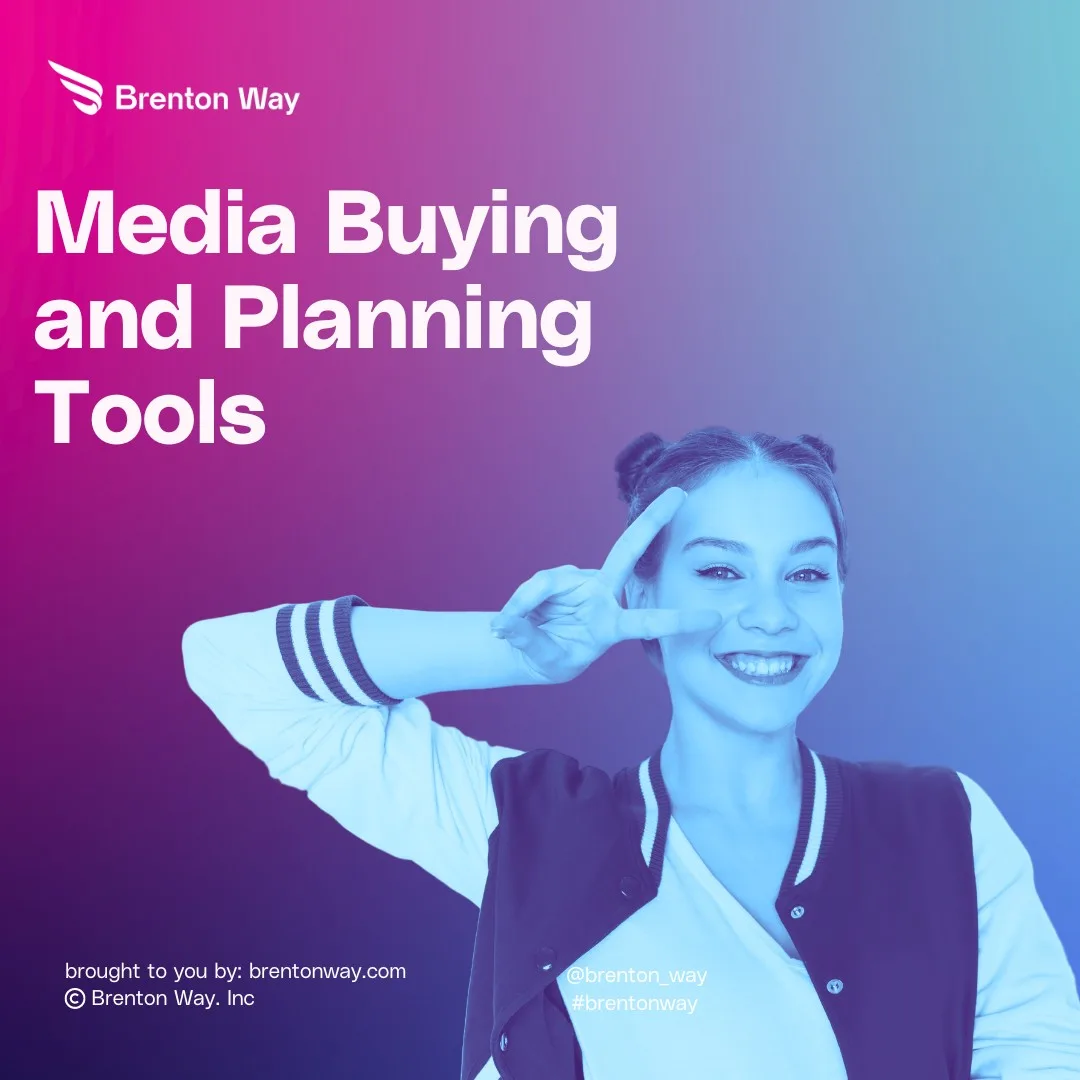
Even with TikTok stealing the spotlight and Instagram getting all the glory, Facebook keeps chugging along with billions of users who just can’t seem to quit scrolling. If you are trying to figure out where to spend your marketing dollars or just wondering if Facebook is still worth your time in 2025, we have got […]

Even with TikTok stealing the spotlight and Instagram getting all the glory, Facebook keeps chugging along with billions of users who just can’t seem to quit scrolling.
If you are trying to figure out where to spend your marketing dollars or just wondering if Facebook is still worth your time in 2025, we have got you covered. We have dug through the user statistics so you don’t have to, pulling together the stats that actually matter this year.
Here are the numbers that will help you decide if Facebook deserves a spot in your social strategy. Let’s be honest, we all have that love-hate relationship with Facebook, but the platform’s reach is still nothing to sneeze at.
So before you write off Zuckerberg’s original creation, let’s look at the top Facebook statistics and what Facebook is really bringing to the table in 2025.
In a Harvard dorm room back in 2004, a socially awkward but wickedly smart sophomore named Mark Zuckerberg launched “The Facebook”, which was initially just a digital version of those printed face books colleges used to distribute to help students recognize each other. What began as a way for Harvard students to check out their classmates quickly caught fire, spreading to other elite schools before opening to anyone with a college email address.
The early Facebook was remarkably simple – profile pictures, relationship statuses, and the ability to “poke” people (which nobody ever really understood but everyone did anyway). It was exclusive, it was addictive, and it was changing how an entire generation connected with each other.
By 2006, Facebook opened its doors to everyone over 13 with an email address. This was not just another social network like Friendster or MySpace, there was something fundamentally different about Facebook’s clean interface and real-name policy that made it feel more like an extension of your actual social life rather than a separate digital playground.
The company’s move to Palo Alto in 2004 marked the beginning of its transformation from a college project to a Silicon Valley phenomenon. Early investments from Peter Thiel and Accel Partners provided the fuel for rapid growth but also set the stage for the intense pressure to monetize that would define Facebook’s next chapter.
The 2008 hiring of Sheryl Sandberg from Google proved to be a pivotal moment. As COO, she transformed Facebook from a popular website bleeding money into an advertising powerhouse with a clear business model.
The company’s pivot to mobile around this time was nothing short of extraordinary. Despite completely missing the initial shift to smartphones (Facebook’s first mobile app was essentially a poorly functioning wrapper around its website), Zuckerberg recognized the existential threat and transformed the company’s focus.
By 2013, mobile advertising became Facebook’s primary revenue source, a remarkable turnaround executed at breakneck speed.
The acquisition spree that followed showed Zuckerberg’s ruthless determination to dominate social media.
Instagram was purchased for $1 billion in 2012 (now valued at well over $100 billion), and WhatsApp for a staggering $19 billion in 2014. When Snapchat refused Facebook’s acquisition offer, the company simply copied its core features across all its platforms.
The company rebranded as “Meta” in 2021, signaling Zuckerberg’s all-in bet on the metaverse, an immersive digital world that could potentially become the next computing platform. This massive shift represented both Facebook’s ambition to define the future and its desire to escape the baggage associated with its original name.
Today, Meta oversees a family of apps that reach more than 3 billion people monthly, nearly half the world’s population. The company that began with college students sharing their relationship statuses now facilitates global commerce, shapes political discourse, and mediates personal relationships around the world.
Here is a list of the latest Facebook Statistics For 2025:
With more than 3 billion monthly users by 2024, Facebook connects more than a third of the entire planet! For businesses, this is not just a social media platform, it is the world’s largest gathering place with the most number of users.
About 31% of Facebook users are aged 25-34. This age group is in their prime decision-making years for major purchases and brand loyalties. They have got disposable income, they are establishing lifelong habits, and they are on Facebook, ready to engage with the right content.
The Facebook universe including Facebook Messenger skews slightly male at 57% compared to 43% female. This near-balance means you don’t have to worry about your content appealing to just one gender. Smart marketers are crafting content that resonates across gender lines on Facebook Marketplace.
2 billion daily active users make Facebook part of their daily routine. That is a staggering amount of views and attention up for grabs every 24 hours. If your brand is not showing up where people are spending their time, you are missing countless opportunities to connect.

The average user is giving Facebook half an hour of their day. That is significant in our attention-starved world! People aren’t just popping in for a quick check, they are settling in for a scroll session, which means more chances for your content to catch their eye.
Nearly everyone is accessing Facebook through their phone. This mobile-first Facebook usage means your content and ads must look gorgeous on smaller screens.
With Facebook’s advertising reaching over 2 billion users, we are talking about unprecedented access to potential customers. The platform’s targeting capabilities mean you can get incredibly specific about who sees your ads – making your marketing budget work smarter, not harder.
With these ad dollars, Facebook has enough to buy a small country! Businesses are throwing most of their marketing budgets at Facebook.
Less than a buck per click is what I call a bargain in today’s digital world! Small businesses can afford to play the same marketing game as the big corporate giants.
People are SO over static images, they want action! Facebook Reels are absolutely crushing it compared to photos, reaching more than double the views. You have to start creating content that moves or you risk becoming totally invisible in the feed!
50% jump is not just impressive, it is a wake-up call for brands still hiding behind perfectly polished social media marketing content. The Facebook audience is craving raw, unfiltered realness.
3.91% engagement rate on Facebook might not sound like much, but in our attention-deficit world, it is impressive. The struggle to break through the noise is real, and these numbers show just how tough the social media game has become.
With 85% of businesses turning their pages into digital storefronts, the line between scrolling and shopping has disappeared. One minute you are checking out your friend’s vacation photos, the next you are accidentally buying something you did not know you needed!
Nearly half of the marketers are all-in on this influencer marketing strategy, trying to get their products into the hands of people with loyal followings. We are all more likely to try something that our favorite content creators post on Facebook than what a brand tells us in an ad.
Those silly face filters and virtual try-ons on the social platform are the gateway drug to our AR/VR future. With 400 million people playing around with these features monthly, we are watching the sci-fi dreams of yesterday become today’s everyday reality. The metaverse might sound like some Silicon Valley fever dream with these numbers.
After years, Facebook is finally cutting back on sharing data by a third this year alone. Is it because they have had a moral awakening, or because regulators have been breathing down their necks? Either way, the audience on Facebook is breathing a little easier.
Facebook has been banning fake accounts like there is no tomorrow. It is a never-ending game of digital cops and robbers, for every bot they squash, another dozen pop up.
That 79% jump in two-factor authentication shows users are actually starting to care about keeping their accounts from being hijacked.
Facebook is betting BIG on this whole metaverse thing, that virtual place where we will all be hanging out as avatars while our physical bodies have VR headsets on. Zuck and company are pouring billions into creating this digital promised land.
All those server farms using tons of water have given the company environmental concerns. Their pledge to become “water positive” by 2030 sounds impressive. Either way, it is a nice PR move that gives us one less reason to feel guilty about our scrolling addiction.
Who knew all that scrolling, liking, and sharing was actually good for the economy? Facebook is claiming credit for supporting 4.5 million jobs globally – from the social media managers frantically trying to keep up with algorithm changes to the small businesses who have built their entire livelihoods on the platform.
Facebook has launched over 200 startup accelerators globally, hoping to discover the next big thing before it becomes a competition. For struggling entrepreneurs, getting Facebook’s stamp of approval (and some of their cash) could offer valuable support and networking opportunities.
Facebook teaching digital skills is oddly helpful. They have managed to train 5 million people, which is pretty impressive. These programs actually enhance career prospects and skill sets.
With 1.8 billion monthly users, Groups have become Facebook’s secret weapon against irrelevance. From “Moms Who Love Wine Too Much” to “Exotic Plant Enthusiasts Who Judge Your Succulents,” there is a group for every human interest.
Facebook has channeled a staggering $6 billion to charities through its platform, turning those “instead of gifts, please donate” posts into a legitimate force for good.
Facebook’s Safety Check has become the digital equivalent of “I’m okay” during disasters. Activated over a hundred times, it is one feature everyone hopes they never need to use but is genuinely grateful for when they do. It transforms the platform into a lifeline during emergencies. In our disaster-prone world, being able to quickly mark yourself “safe” saves countless worried phone calls and anxious text messages.
Facebook’s evolution from a digital yearbook to a global empire is not just a business success story, it is a mirror reflecting our collective digital transformation. We have watched it grow from a quirky college network where you could “poke” your crush to a planetary-scale influence machine that can make or break businesses, spark revolutions, and reshape elections. The numbers do not lie: with over 3 billion monthly users, Facebook has more “citizens” than any country on Earth.
For better or worse, Zuckerberg’s creation has fundamentally altered how humans connect, consume, and communicate. As Facebook reinvents itself as Meta and bets billions on building virtual worlds, one thing remains clear, the company that started with a simple question of “Who’s hot and who’s not?” now determines much of how we experience reality itself.
The social network is not just part of our digital lives; it has rewired how the human species interact. Not bad for a Harvard dropout with questionable social skills and a hoodie.


